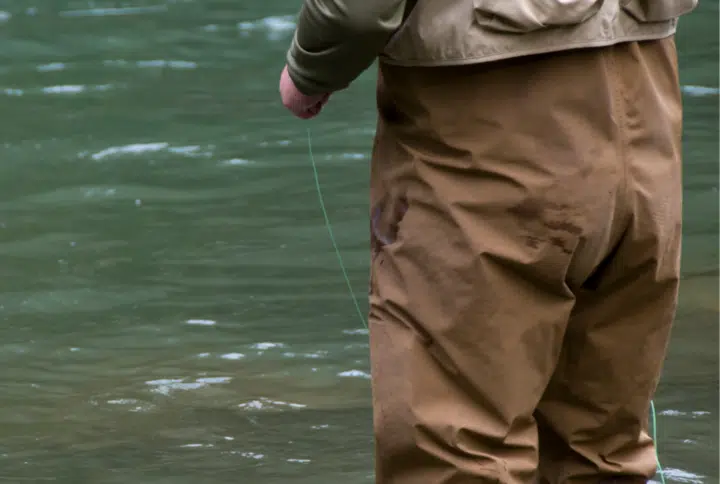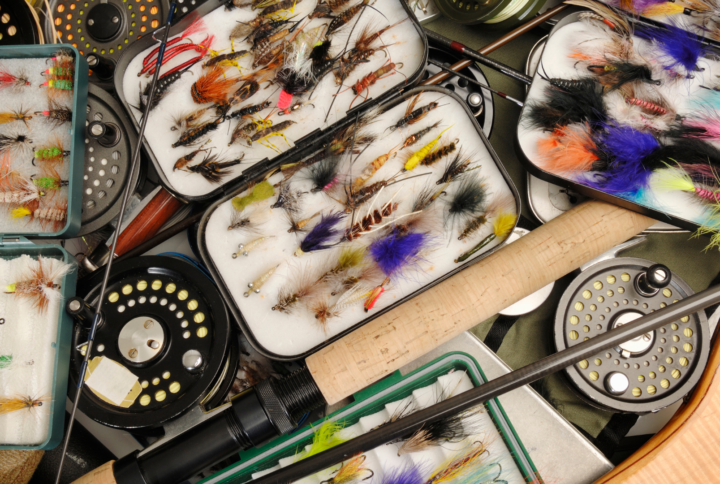North Saluda River - above Slater - South Carolina
Fly Fishing River Report & Conditions
North Saluda River – above Slater - Water Flow Chart
North Saluda River – above Slater - Weather report & radar
North Saluda River – above Slater - General hatch chart
| Month | Hatch | Time of Day | Recommended Fly Sizes | Popular Fly Patterns |
|---|---|---|---|---|
| January | Midges | Mid Day | 18-24 | Zebra Midge, Griffith’s Gnat |
| February | Blue Winged Olives | Late Afternoon | 16-18 | Pheasant tail, Blue Winged Olive Dun |
| March | Blue Winged Olives, Caddis | Afternoon | 14-18 | Adams, Olive Elk Hair Caddis |
| April | Blue Winged Olives, Caddis, Midges | Mid Day/Evening | 14-20 | Rusty Spinner, Hare’s Ear |
| May | Sulphurs, Caddis | Afternoon/Evening | 12-16 | Litobrancha Recurvata, Light Cahill |
| June | Ants and Beetles, Sulphurs | All Day | 12-16 | Beetle, Chernobyl Ant |
| July | Terrestrials | All Day | 12-16 | Ant Patterns, Foam Beetles |
| August | Terrestrials, Caddis | All Day | 12-18 | Tan Elk Hair Caddis, Joe’s Hopper |
| September | Terrestrials, Blue Winged Olives | All Day | 12-20 | Blue Wing Olive, Dave’s Hopper |
| October | Blue Winged Olives, Midges | Mid Day | 18-22 | Parachute Adams, Zebra Midge |
| November | Blue Winged Olives, Midges | Mid Day | 18-22 | WD-40, Griffith’s Gnat |
| December | Blue Winged Olives, Midges | Mid Day | 18-24 | Black Beauty, Krystal Flash Midge |
North Saluda River – above Slater Access Points
- Hunts Bridge Road: This area provides wide open accessibility to the river.
- Highway 276: The initiated portion of the highway includes a section of river that is reserved for fly fishing only.
- Palmetto Bible Camp Creek: This portion of the river boasts a natural, serene environment perfect for fly fishing. It’s known for its lively brook and rainbow trout population.
- Fruit Mountain Road: Easily accessible, this area is well-known for fly fishing.
North Saluda River – above Slater Fishing Spots
- Devil’s Fork State Park: With clear, cool water, it’s an ideal place for catching Rainbow and Brown trout.
- The Jones Gap State Park: This park offers more than 3 miles of the river with direct access from trails. Notably, it harbors wild Brook trout.
- Wildcat Wayside: A good spot to catch some Rainbow trout right off Geer Highway.
- Lake Summit in Tuxedo: If you want an additional challenge, canoe to the upper reaches of the lake to fly fish.
- Slater Marietta: A hot spot for large Rainbow trout, especially around the summer months.
North Saluda River – above Slater Local Fish Species
- Brook Trout: This local fish species is a fan favorite among anglers due to their beautiful colors and challenging catch.
- Rainbow Trout: Rainbow Trout are very common in the North Saluda River and can be quite playful, making them a fun catch for any fly fisher.
- Brown Trout: Known for their hard fight and delicious meat, Brown Trout are a popular target for fly fishing.
- Smallmouth Bass: This species prefers rocky areas of the river and is renowned for its exceptional fighting tendencies.
- Largemouth Bass: Largemouth Bass grow to be quite large and put up a good fight, making them a thrilling catch.
- White Bass: Best fished in the summer, White Bass are often found in large schools, which can make for an exciting day of fly fishing.
- Bluegill: Bluegill fish may be relatively small, but their aggressive behavior can present an interesting challenge for fly fishers.
- Black Crappie: Black Crappie are known for their excellent taste and can be quite elusive to catch.
About the North Saluda River – above Slater
The North Saluda River, a picturesque river above Slater, has a captivating history. It springs from the lush North Carolinian slopes, cascading southward into South Carolina. This river, known for its cascading water trifles and serene beauty, has carried the tales of the Native American tribes who revered it for centuries.
With the influx of European settlers in the 17th century, the river played a crucial role by providing a reliable water source for mills and other industries. This stunning watershed also saw the historic Cherokee Path running along its banks, a prominent trade route among native tribes and later, colonial settlers.
Today, the North Saluda River, with its
- rich biodiversity
- diverse recreational opportunities
- historical significance
Community Contributions
Be part of the fishing community!
No updates submitted for this river.



